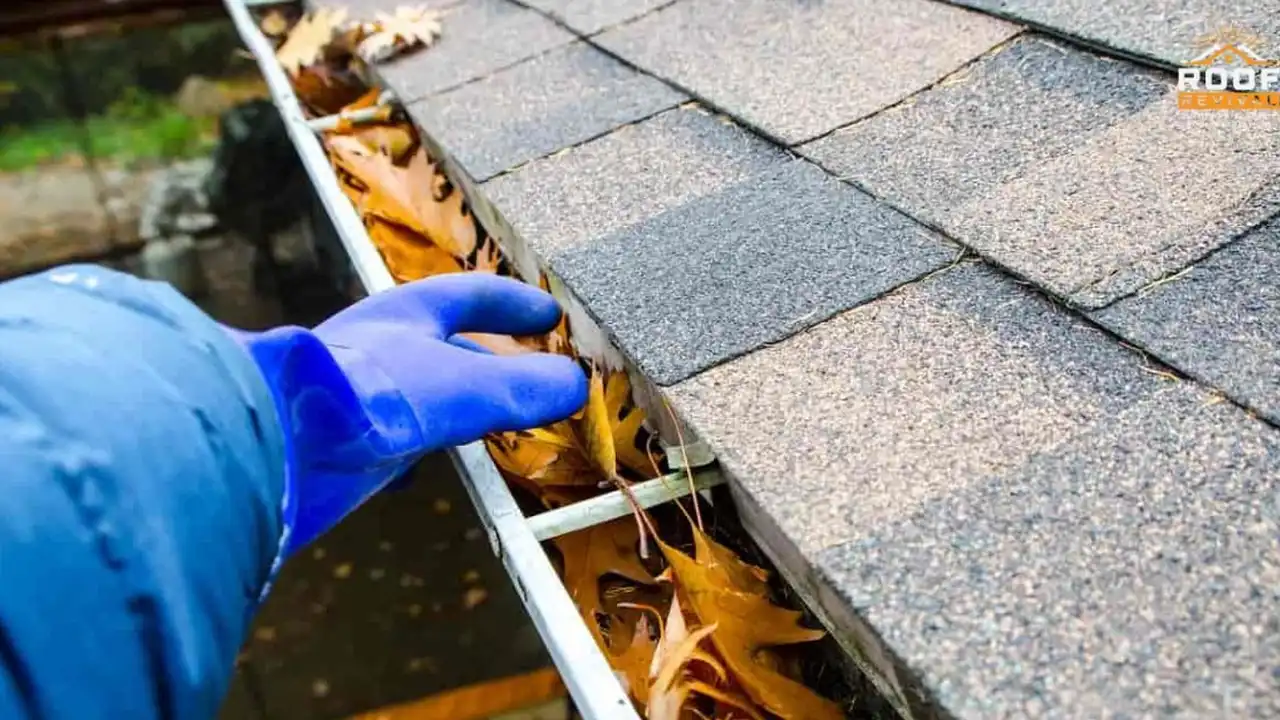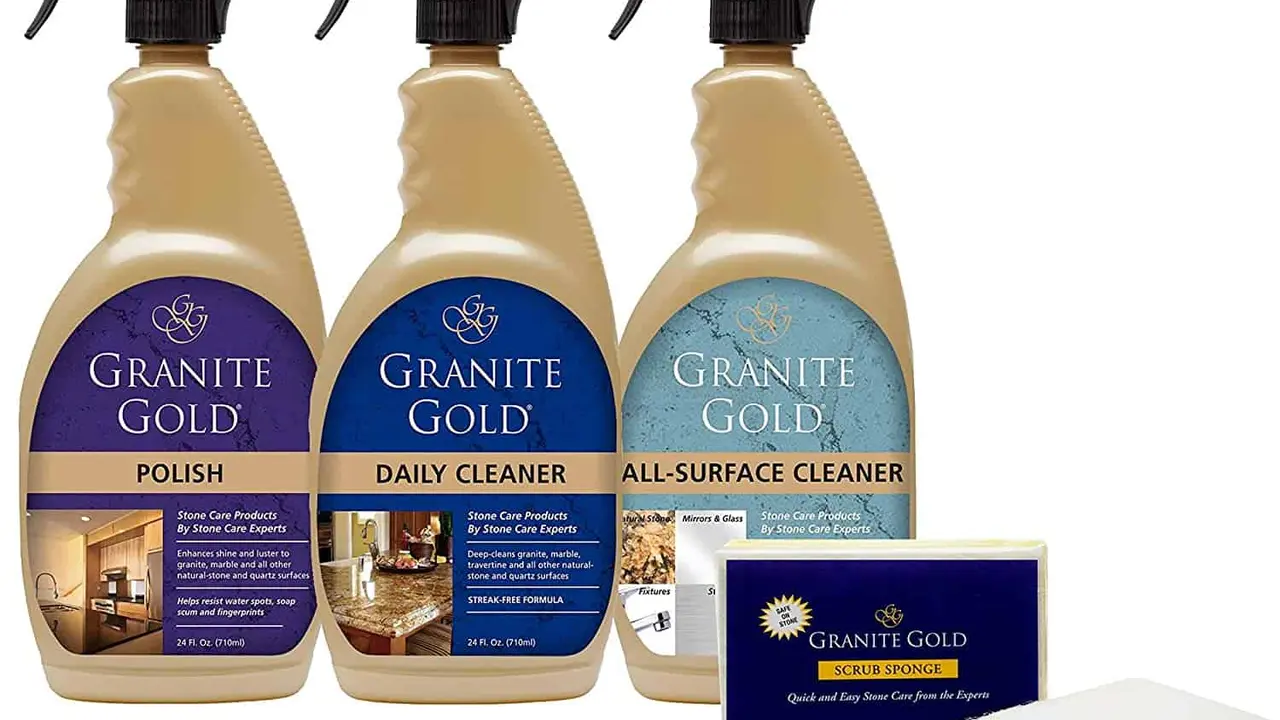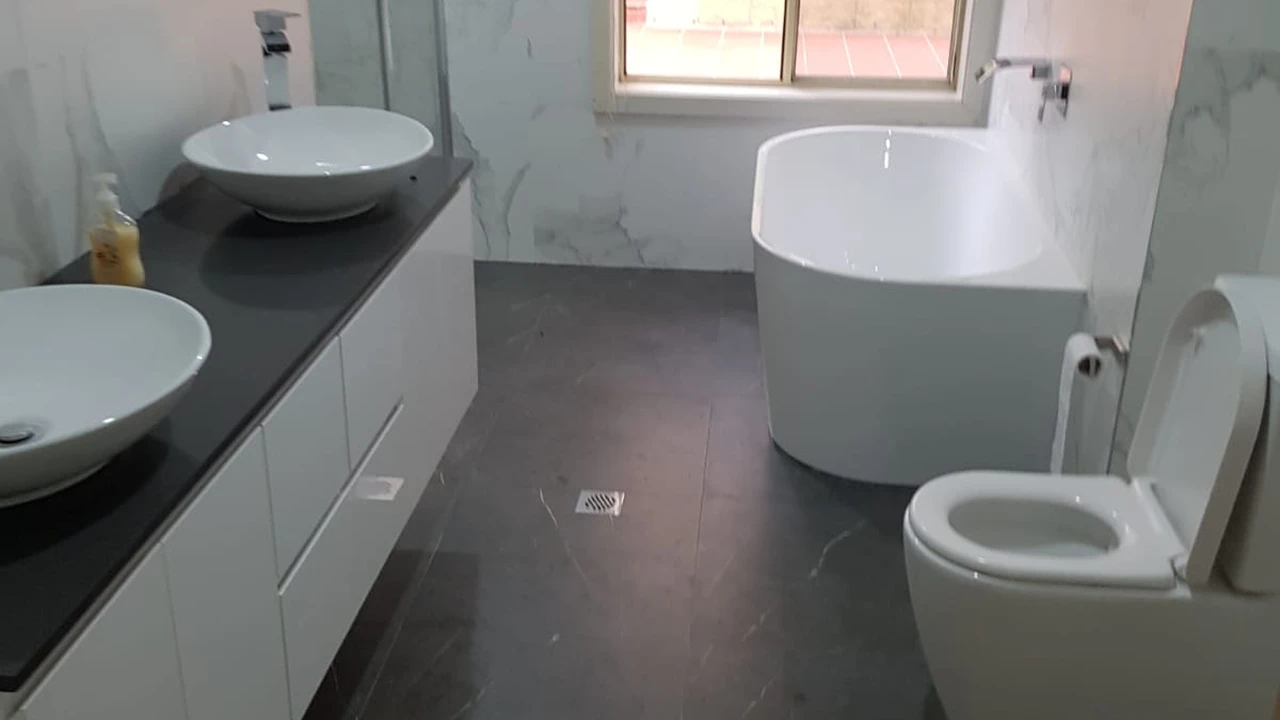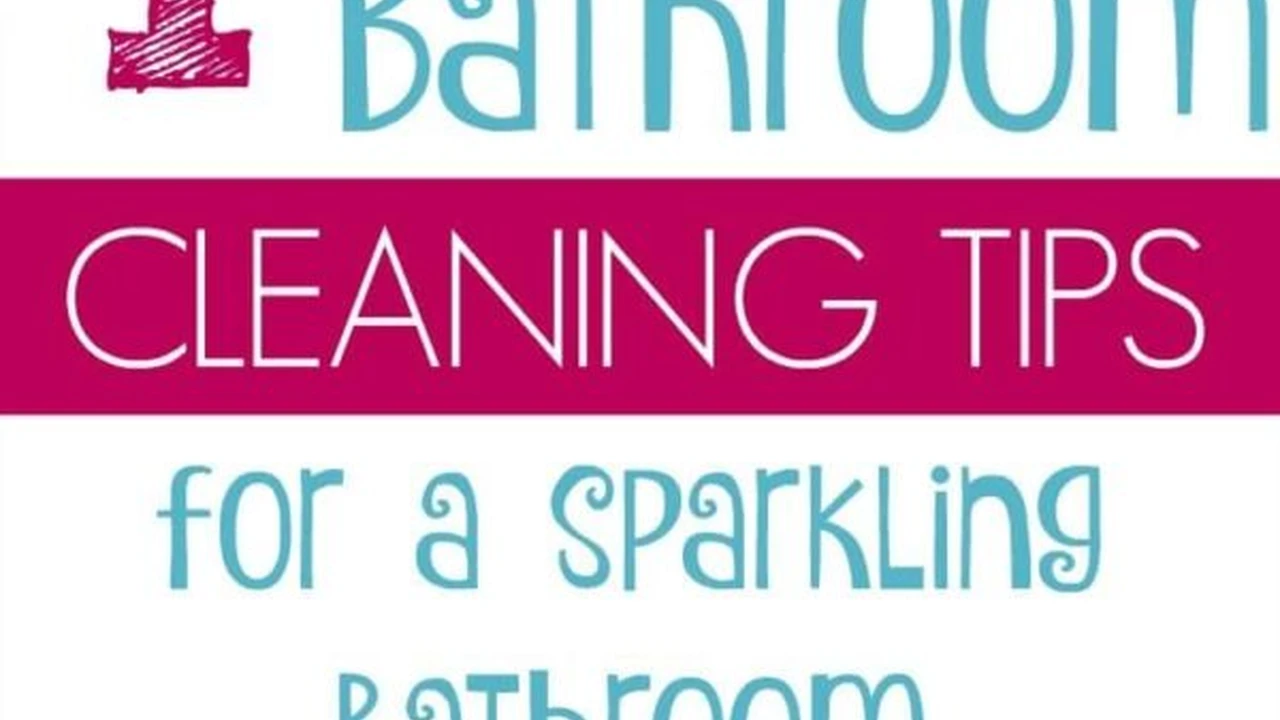Asbestos Removal Services: Ensuring Safety and Compliance
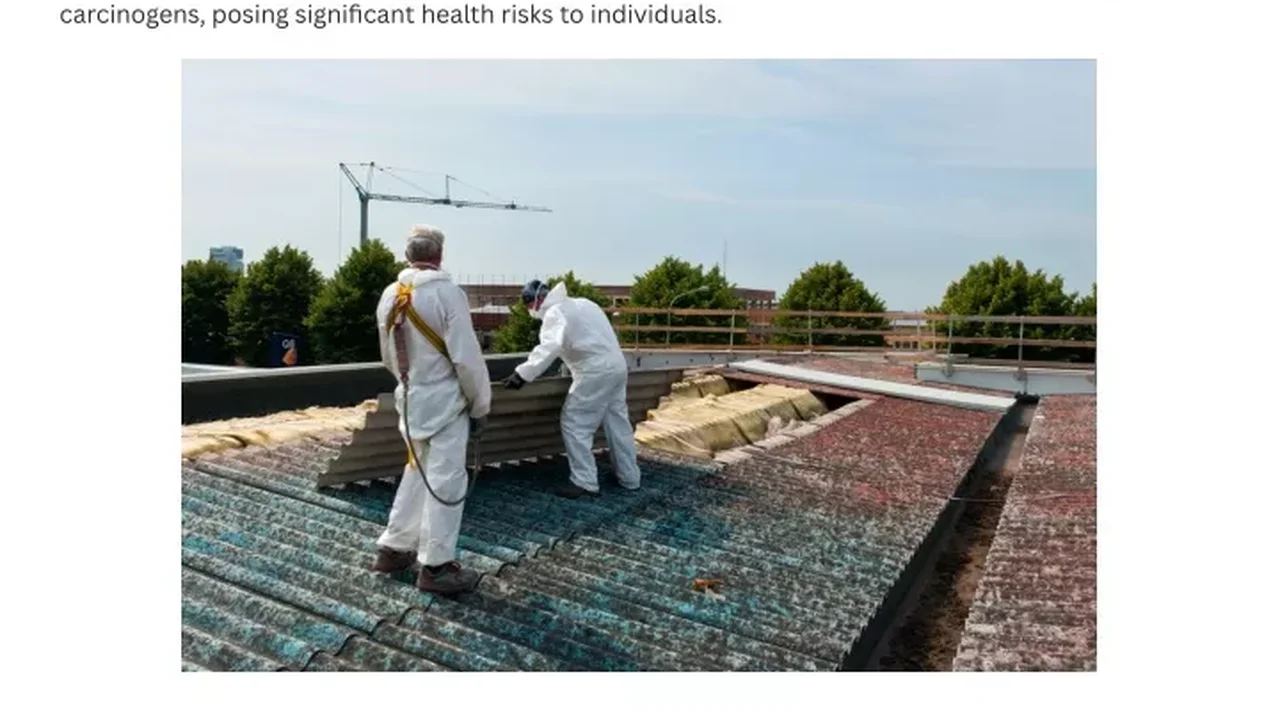
Understanding Asbestos A Comprehensive Guide to Identification and Risks
Alright folks, let's talk about asbestos. This stuff used to be everywhere, from insulation to floor tiles, because it's a great fire retardant and pretty durable. But the problem? It's a major health hazard. When asbestos fibers become airborne and are inhaled, they can cause serious lung diseases, including mesothelioma, asbestosis, and lung cancer. That's why asbestos removal is such a big deal – it's about protecting your health and the health of everyone around you.
So, how do you know if you have asbestos in your home or building? Well, if your building was built before the 1980s, there's a good chance it contains asbestos. Common places to find it include:
- Insulation: Especially around pipes, boilers, and attics.
- Floor tiles: Vinyl or asbestos-cement floor tiles.
- Ceiling tiles: Textured ceilings, often called "popcorn ceilings."
- Roofing materials: Asbestos cement roofing sheets.
- Siding: Asbestos cement siding.
- Plaster and drywall: Asbestos was sometimes added to these materials for strength and fire resistance.
If you suspect you have asbestos, don't touch it! Disturbing asbestos can release those harmful fibers into the air. Instead, call a qualified asbestos removal professional.
The Asbestos Removal Process A Step-by-Step Breakdown for Homeowners
Okay, so you've identified asbestos in your property. What happens next? Here's a general overview of the asbestos removal process:
- Inspection and Testing: A certified asbestos inspector will take samples of the suspected materials and send them to a lab for testing. This confirms the presence and type of asbestos.
- Planning and Preparation: If asbestos is confirmed, a removal plan is developed. This includes securing permits, notifying regulatory agencies, and setting up containment areas.
- Containment: The work area is sealed off with plastic sheeting and negative air pressure is created using specialized equipment. This prevents asbestos fibers from escaping into other areas of the building.
- Removal: Asbestos-containing materials are carefully removed using specialized tools and techniques. The materials are wetted down to minimize fiber release.
- Disposal: The removed asbestos materials are sealed in airtight containers and transported to a designated asbestos disposal site.
- Cleaning and Air Monitoring: After removal, the work area is thoroughly cleaned using HEPA vacuums. Air samples are taken to ensure that the air is safe to breathe.
- Clearance Testing: A final inspection and air monitoring are conducted to verify that the asbestos has been completely removed and the area is safe for re-occupancy.
It's a complex process, and it's crucial to hire qualified professionals who follow all safety regulations.
Choosing the Right Asbestos Removal Company Key Considerations and Certifications
Finding the right asbestos removal company is essential. Here's what to look for:
- Licensing and Certification: Make sure the company is licensed and certified to perform asbestos removal in your area. Check with your local environmental protection agency for licensing requirements.
- Experience: Choose a company with a proven track record of successful asbestos removal projects. Ask for references and check online reviews.
- Insurance: Verify that the company has adequate insurance coverage, including liability and workers' compensation insurance.
- Training and Equipment: Ensure that the company's workers are properly trained and equipped with the necessary safety gear, including respirators, protective clothing, and HEPA vacuums.
- Compliance with Regulations: The company should be knowledgeable about and compliant with all applicable federal, state, and local regulations regarding asbestos removal.
- Transparency and Communication: The company should be transparent about the removal process, costs, and potential risks. They should also be responsive to your questions and concerns.
Don't be afraid to get multiple quotes and compare services before making a decision. Choosing the right company can save you time, money, and a lot of headaches.
Asbestos Removal Equipment and Products A Detailed Review and Comparison
Here are some specific products and equipment used in asbestos removal, along with their uses, comparisons, and estimated costs:
HEPA Vacuums for Asbestos Removal
What they are: HEPA (High-Efficiency Particulate Air) vacuums are specifically designed to capture extremely small particles, including asbestos fibers. They are essential for cleaning up asbestos debris and preventing the spread of contamination.
Use Case: Cleaning surfaces, floors, and equipment in the containment area after asbestos removal.
Product Recommendations and Comparisons:
- Nilfisk Attix 30-11 PC HEPA: A powerful and reliable HEPA vacuum suitable for professional asbestos removal. Features automatic filter cleaning and a durable design.
- Pros: High suction power, durable construction, automatic filter cleaning.
- Cons: Relatively expensive.
- Price: Approximately $800 - $1200.
- Dustless Technologies HEPA Wet/Dry Vacuum: A versatile vacuum that can handle both wet and dry asbestos debris. Features a two-stage filtration system for enhanced protection.
- Pros: Versatile, two-stage filtration, good value for money.
- Cons: Not as powerful as the Nilfisk model.
- Price: Approximately $400 - $600.
- Shop-Vac 5873200 HEPA Filter Vacuum: A more affordable option suitable for smaller asbestos removal projects. Features a HEPA filter and a lightweight design.
- Pros: Affordable, lightweight, easy to use.
- Cons: Lower suction power, less durable.
- Price: Approximately $200 - $300.
Respirators for Asbestos Removal
What they are: Respirators are essential for protecting workers from inhaling asbestos fibers. They come in various types, including half-face respirators, full-face respirators, and powered air-purifying respirators (PAPRs).
Use Case: Protecting workers during asbestos removal activities.
Product Recommendations and Comparisons:
- 3M Half Facepiece Reusable Respirator 6200/07025: A comfortable and reliable half-face respirator that uses replaceable filters. Suitable for low to moderate asbestos exposure.
- Pros: Comfortable, affordable, easy to use.
- Cons: Only protects against low to moderate asbestos exposure.
- Price: Approximately $20 - $30 (excluding filters).
- 3M Full Facepiece Reusable Respirator 6800/07135: A full-face respirator that provides more comprehensive protection, including eye protection.
- Pros: Full-face protection, good visibility, durable.
- Cons: More expensive than half-face respirators, can be uncomfortable for extended use.
- Price: Approximately $150 - $200 (excluding filters).
- 3M Powered Air Purifying Respirator (PAPR) G5-01: A PAPR that provides the highest level of protection by filtering the air and delivering it to the wearer.
- Pros: Highest level of protection, comfortable, reduces breathing resistance.
- Cons: Very expensive, requires batteries and maintenance.
- Price: Approximately $1000 - $2000.
Asbestos Removal Bags and Containers
What they are: These are heavy-duty bags and containers designed to safely contain and transport asbestos-containing materials to a designated disposal site.
Use Case: Containing and transporting asbestos waste.
Product Recommendations and Comparisons:
- Asbestos Disposal Bags (6 mil): Heavy-duty polyethylene bags specifically designed for asbestos disposal. Available in various sizes.
- Pros: Durable, leak-proof, clearly labeled.
- Cons: Can be punctured by sharp objects.
- Price: Approximately $2 - $5 per bag.
- Asbestos Disposal Drums (55 Gallon): Rigid drums made of steel or plastic, suitable for larger quantities of asbestos waste.
- Pros: Very durable, leak-proof, stackable.
- Cons: Bulky, expensive.
- Price: Approximately $50 - $100 per drum.
Other Essential Equipment
- Protective Clothing (Tyvek Suits): Disposable coveralls that protect workers from asbestos contamination. (Price: $5 - $10 per suit)
- Glove Bags: Used for removing asbestos from pipes and other confined spaces. (Price: $10 - $20 per bag)
- Wetting Agents: Used to dampen asbestos materials and minimize fiber release. (Price: $20 - $50 per gallon)
Navigating Asbestos Regulations Local State and Federal Guidelines
Asbestos removal is heavily regulated at the federal, state, and local levels. Understanding these regulations is crucial for ensuring compliance and avoiding penalties. Key regulatory agencies include:
- EPA (Environmental Protection Agency): Sets national standards for asbestos removal and disposal.
- OSHA (Occupational Safety and Health Administration): Regulates worker safety during asbestos removal activities.
- State and Local Agencies: Implement and enforce asbestos regulations within their jurisdictions.
Regulations cover a wide range of aspects, including:
- Licensing and Certification: Requirements for asbestos removal contractors and workers.
- Notification Requirements: Requirements for notifying regulatory agencies before starting asbestos removal projects.
- Work Practices: Specific procedures for removing asbestos safely and preventing fiber release.
- Disposal Requirements: Requirements for packaging, labeling, and transporting asbestos waste.
- Air Monitoring: Requirements for monitoring air quality during and after asbestos removal.
It's important to consult with your local environmental protection agency to determine the specific regulations that apply to your asbestos removal project.
The Cost of Asbestos Removal Factors Influencing Price and Budgeting Tips
The cost of asbestos removal can vary widely depending on several factors, including:
- The amount of asbestos: The more asbestos that needs to be removed, the higher the cost.
- The location of the asbestos: Asbestos in hard-to-reach areas will be more expensive to remove.
- The type of asbestos: Some types of asbestos are more difficult to remove than others.
- The size and complexity of the project: Larger and more complex projects will be more expensive.
- The location of your property: Labor costs and disposal fees can vary depending on your location.
Generally, you can expect to pay anywhere from $20 to $200 per square foot for asbestos removal. A small project, such as removing asbestos floor tiles from a single room, might cost $500 to $2000. A larger project, such as removing asbestos insulation from an entire house, could cost $5000 to $20000 or more.
Here are some tips for budgeting for asbestos removal:
- Get multiple quotes: Compare prices from several different asbestos removal companies.
- Ask for a detailed breakdown of costs: Make sure you understand what is included in the quote.
- Factor in disposal fees: Asbestos disposal can be expensive, so make sure this is included in the quote.
- Consider the long-term benefits: Asbestos removal can improve your health and increase the value of your property.
Asbestos Abatement in Commercial Buildings Special Considerations
Asbestos abatement in commercial buildings presents unique challenges compared to residential properties. These challenges stem from the larger scale of the projects, the potential for disruption to business operations, and the need to protect a larger number of occupants.
Key considerations for commercial asbestos abatement include:
- Business Continuity: Minimizing disruption to business operations is crucial. This may require scheduling work during off-hours or weekends.
- Occupant Protection: Implementing strict containment measures to protect building occupants from asbestos exposure.
- Communication: Communicating effectively with building occupants about the asbestos removal process.
- Regulatory Compliance: Ensuring compliance with all applicable regulations, including those specific to commercial buildings.
Commercial asbestos abatement projects often require more extensive planning and coordination than residential projects. It's important to hire a qualified asbestos removal company with experience in commercial buildings.
DIY Asbestos Removal Is It Ever a Good Idea?
While it may be tempting to save money by removing asbestos yourself, it is generally not a good idea. Asbestos removal is a dangerous and complex process that should only be performed by trained professionals.
DIY asbestos removal can expose you and your family to harmful asbestos fibers. It can also violate federal, state, and local regulations, resulting in fines and penalties.
In most cases, it's best to leave asbestos removal to the professionals. The cost of hiring a qualified asbestos removal company is well worth the peace of mind and protection it provides.
Future of Asbestos Removal Emerging Technologies and Best Practices
The field of asbestos removal is constantly evolving with the development of new technologies and best practices. Some emerging trends include:
- Robotics: Using robots to perform asbestos removal in hard-to-reach or dangerous areas.
- Improved Containment Technologies: Developing more effective containment systems to prevent fiber release.
- Advanced Air Monitoring: Using real-time air monitoring systems to detect asbestos fibers quickly and accurately.
- Sustainable Disposal Methods: Exploring alternative disposal methods that are more environmentally friendly.
Asbestos removal will continue to be an important part of protecting public health for years to come. By staying informed about the latest technologies and best practices, we can ensure that asbestos is removed safely and effectively.
:max_bytes(150000):strip_icc()/277019-baked-pork-chops-with-cream-of-mushroom-soup-DDMFS-beauty-4x3-BG-7505-5762b731cf30447d9cbbbbbf387beafa.jpg)



